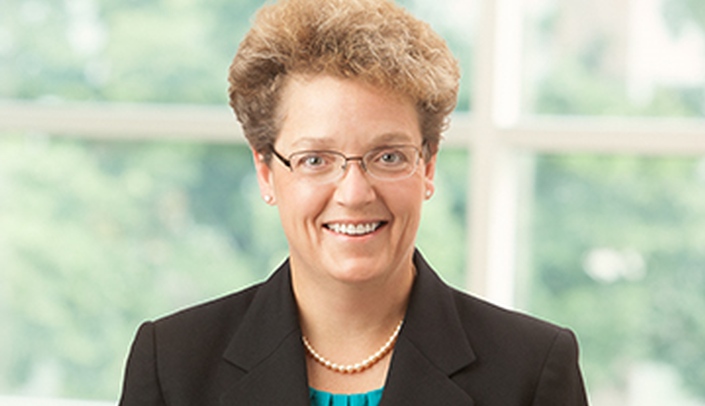In an effort to provide oversight for the delivery of high quality and safe patient care, the department created the role of Associate Vice Chair for Patient Safety and Quality. Jean Simonson, M.D., is the first to fill this role, which officially began July 2018.
The position was created to foster a culture of safety, evaluate the care the department provides, and align the department’s patient safety and quality goals with those of Nebraska Medicine. In doing so, Dr. Simonson will work with perioperative, departmental and institutional leadership on quality and patient safety matters.
“This is not a standard role in all academic hospitals, and it exemplifies the progressiveness of Dr. Lisco and this department’s emphasis we put on patient and provider safety,” Dr. Simonson said. “The support from our department, other departments and the institution as a whole has been amazingly positive. The importance placed on these issues translates into a culture of safety.”
Dr. Simonson’s passion for safety and quality improvement began long before accepting this new role. She has long participated in numerous safety and quality committees, pursued academic work on anesthetic-related cardiac arrest, anesthesia-related dental injuries, researched safer medical devices, and more.
From April to October 2018, Nebraska Medicine pursued the ambitious goal of certifying all of their 8,000+ employees in Zero Harm Training. Dr. Simonson was one of the roughly 50 trainers, of whom fewer than 10 were physicians. She personally trained more than 130 people in five four-hour courses. She then helped to streamline that training into a more accessible two-hour course for clinicians and assisted in training more than 500 physicians.
Additionally, Dr. Simonson sits on the Nebraska Medicine Quality Committee Board and is a member of the Nebraska Medicine Core Event Review Team, which reviews all Shout Out for Safety (SOS) reports. Employees can submit an SOS to report safety concerns so the organization may intervene before a negative outcome occurs.
Dr. Simonson emphasized that it’s teamwork that achieves any of these goals, noting the hard work of colleagues who are also departmental leaders in quality and patient safety, like Ellen Roberts, M.D., Tom Schulte, M.D., Cale Kassel, M.D., and James Sullivan, M.D.
“Patient safety has always been of the utmost importance in my practice, and it’s an ongoing refinement,” she said. “We make sure we are continually developing plans for enhancing patient safety and quality. We can’t expect to improve the system if we aren’t improving ourselves.”
Some of the initial projects Dr. Simonson led or assisted with include:
- Updating and streamlining of departmental policies and guidelines, which will be housed on the Anesthesiology Intranet upon completion
- Developing a plan for maintenance and replacement of anesthesia equipment
- Changes to linen practices and positioning devices to reduce perioperative pressure ulcers
- Unifying malignant hypothermia carts at all clinical sites
- Standardizing blood product practices
- Improving electrical safety in the ORs
